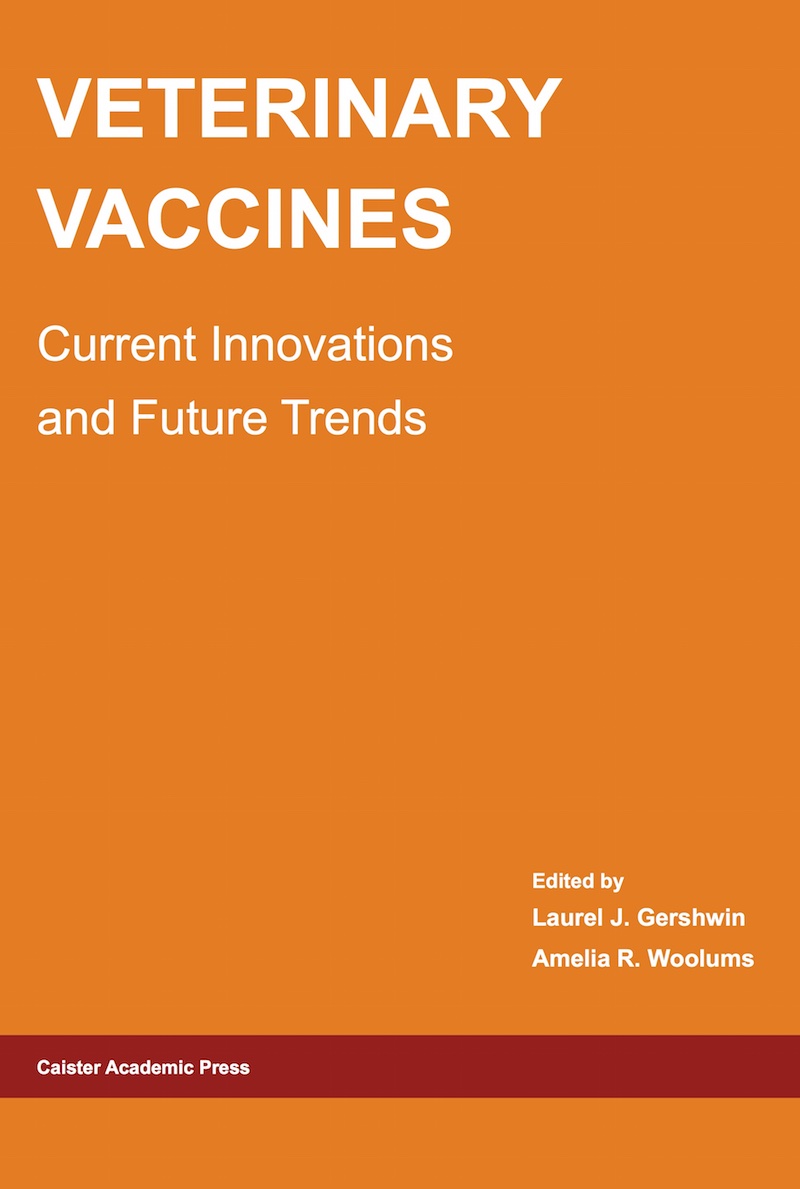A Candidate Hopeful Monster in the Genus Campylobacter
Samuel K. Sheppard and Daniel Falush
from: Campylobacter Ecology and Evolution (Edited by: Samuel K. Sheppard). Caister Academic Press, U.K. (2014)
Abstract
Analysis of genetic variation in Campylobacter - through identification of mosaic alleles, mixed species multilocus sequence types and genome wide introgression - has shown evidence for progressive hybridization of the species C. jejuni and C. coli. The resultant hybrid C. coli lineages have proliferated in agricultural animals and have emerged as the major cause of C. coli infection in humans. It is entirely unexpected that bacteria with such high sequence divergence, as far from each other at the nucleotide level as marmoset and human, could exchange almost a quarter of their genome and this finding challenges common assumptions within evolutionary biology and influential theories about how gene networks evolve. Here we discuss the possibility that agricultural C. coli originated as a hopeful monster and consider this natural setting as a model system within which the fitness effects of introgression can be investigated in unprecedented detail read more ...



